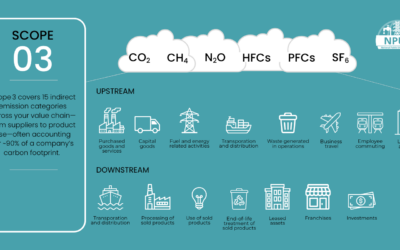Virtual Project Management Tips
As individuals and organizations alike feel the impacts while dealing with a COVID-19 reality, managing projects and teams of people has presented new challenges. Whether it’s a major tech company in Silicon Valley or a local church, new ways of communicating and organizing people and projects are needed. Implementing virtual project management strategies effectively can make it possible for companies to conduct work across the globe while enabling employees in different locations and cultural backgrounds to all work seamlessly on the same projects. Considering the benefits an organization can get from managing virtual project teams, here are some virtual project management tips to help you handle the new COVID-19 reality:
Schedule regular meetings
Scheduling briefings or huddle groups at the same time on the same weekday contributes to creating a healthy routine. Routines provide team members with something they are used to and familiar with, which in return puts the team at ease and reduces stress. Additionally, look towards choosing video calls over phone and email. With virtual teams, regular video calls are a great way to avoid misunderstandings and connect team members on a more personal level.
Establish communication tools
Establishing multiple communication tools is vital. First, your team has a way to communicate urgent matters to the right person immediately. Second, it unifies processes such as conference calls, screen recordings, and so on. It is clear what tools are used for what, which contributes to creating that internal feeling of togetherness.
The nature of virtual teams makes them a bit trickier to manage over a long period of time than a collocated team. Communication difficulties or scheduling conflicts can cause important information to get lost in the shuffle and forgotten. Furthermore, it may be difficult to know who is working on various tasks at any given time or when different team members are available. Too much ambiguity in a virtual team usually results in a diffusion of responsibility when it comes to getting things done. Therefore, it’s critical to have a well-defined system in place for tracking progress, workflow, and expectations, which will enable team members to be as efficient and effective as possible.
Use project management tools
Traditionally, project management has involved translating brain power onto pen and paper and loads of spreadsheets, emails, and various messaging platforms. While these methods still work for some, tracking projects through these means when working with virtual teams can be messy because there’s so much backtracking to do, and important information can get lost. Interactive, web-based project management tools help keep track of those tasks and projects in one place, allowing organizations to plan entire projects from beginning to end, manage project schedules, and collaborate in virtual team settings. Online project management software has become fundamental for businesses to optimize their processes and be more efficient and effective in carrying out their tasks.
Build trust and relationships
Even if a virtual team has the best processes and tools in place, it will still fail to deliver positive results if team members don’t trust one another. A lack of trust can manifest in a variety of ways. In most cases, the root problem is a lack of strong, genuine relationships within the team. When employees lose trust in each other or a virtual leader, team members can become disengaged and self-oriented, which makes any form of collaborative work difficult. Investing in creative ways to promote team-building exercises and help build trust for virtual teams will create better outcomes and more team confidence.
Author: Luke Bradshaw



